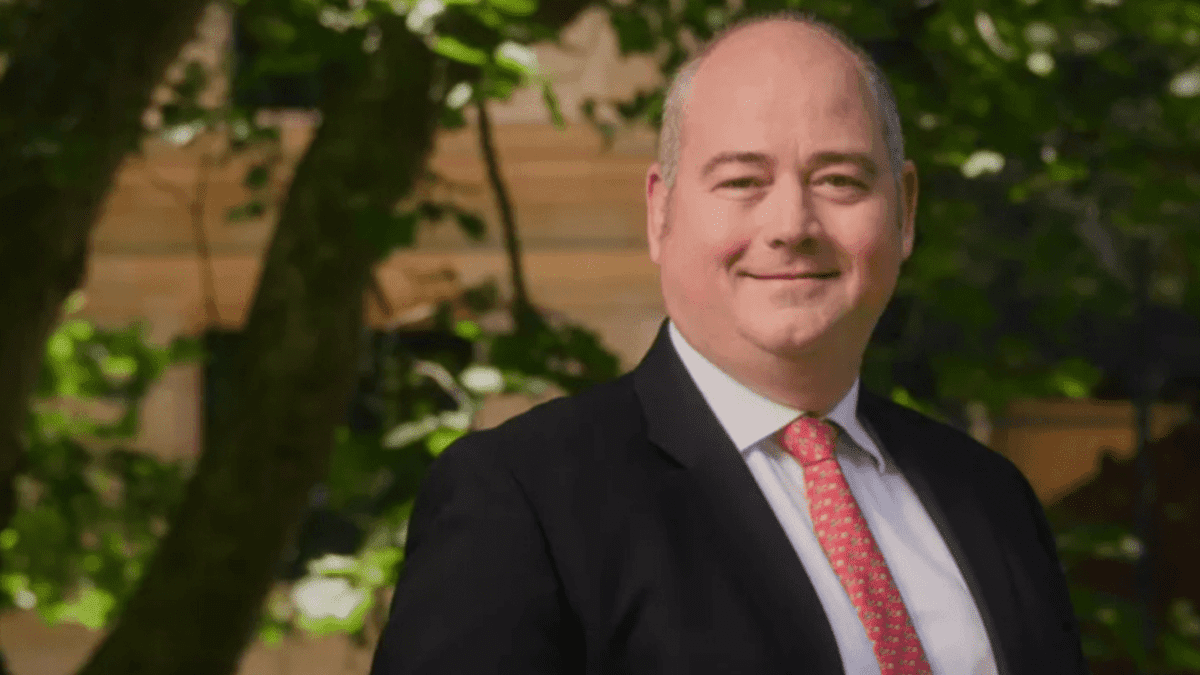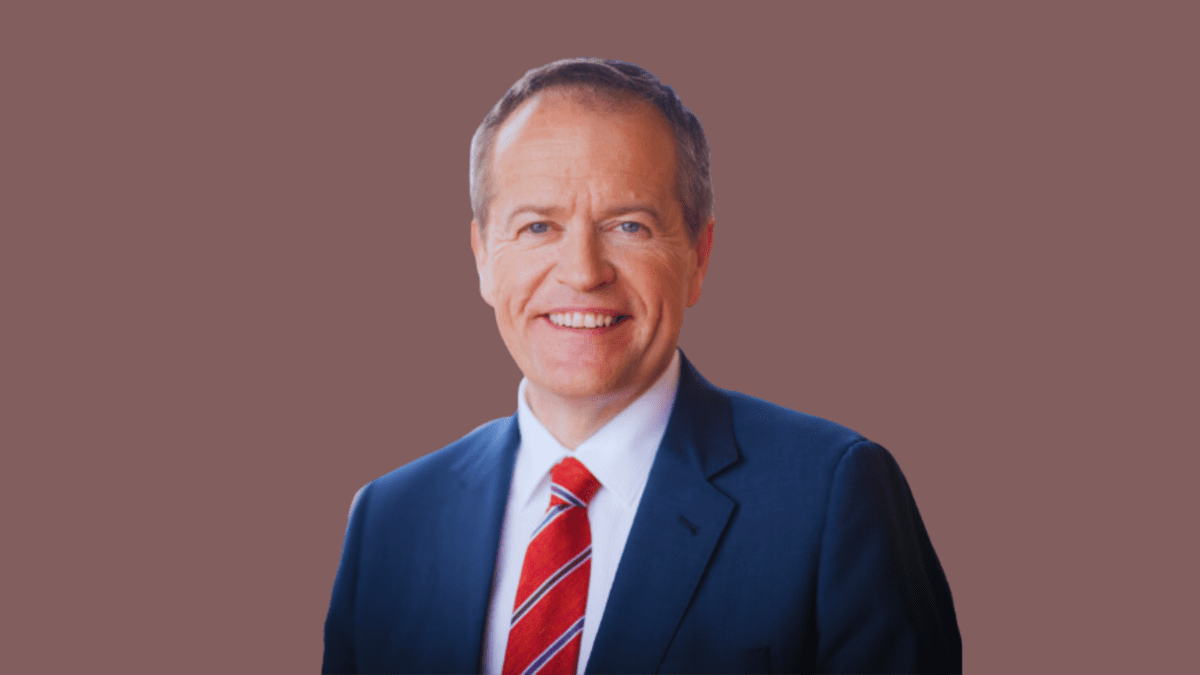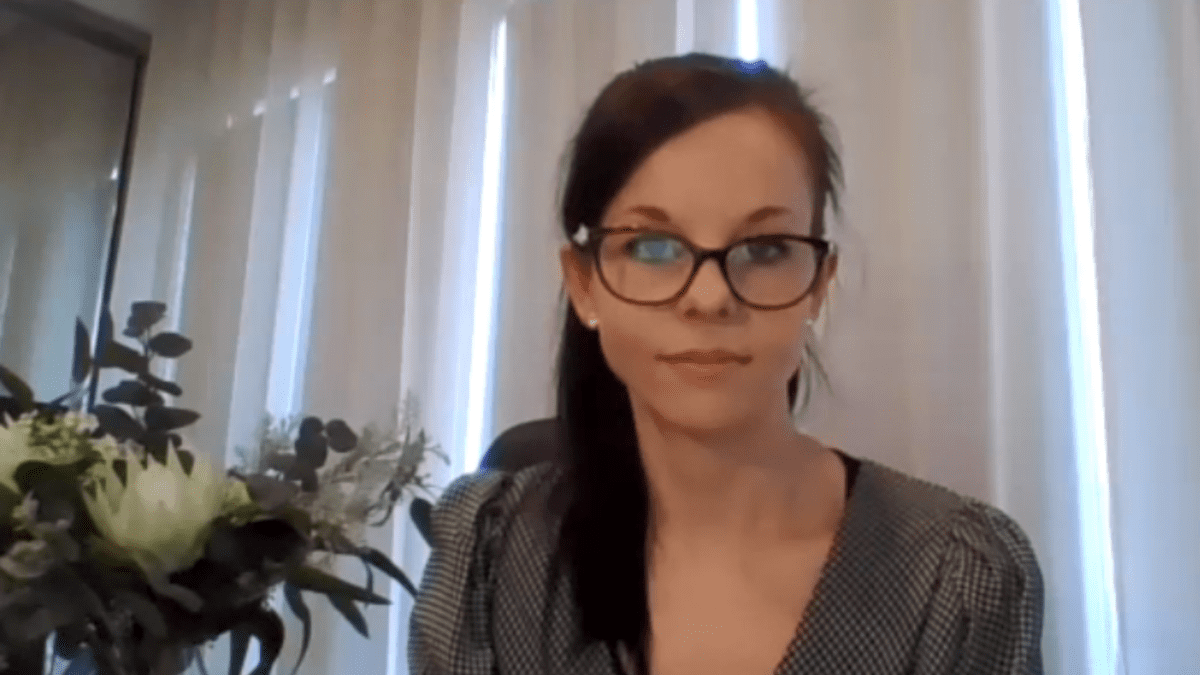RBA hikes cash rate again as mortgage costs soar
The Reserve Bank of Australia on Tuesday boosted the official cash rate a further 25 basis points to 3.35 per cent, marking the ninth consecutive increase since May 2022 as central banks around the world continue their efforts to fight high inflation.
Keeping step with the RBA, the big four domestic banks have raised interest rates on variable home loans, with standard variable interest rates now sitting between 7 and 8 per cent.
“The board recognises that monetary policy operates with a lag and that the full effect of the cumulative increase in interest rates is yet to be felt in mortgage payments,” RBA Governor Philip Lowe said in announcing the bank’s latest monetary policy decision.
“Some households have substantial savings buffers, but others are experiencing a painful squeeze on their budgets due to higher interest rates and the increase in the cost of living. Household balance sheets are also being affected by the decline in housing prices.”
He added that yet more increases will likely be needed over the coming months to bring inflation back to the RBA’s target band of 2-3 per cent. The decision prompted market commentators to revisit predictions that the rate-hiking cycle was nearing its end.
Commonwealth Bank of Australia analysts now expect further rate rises of 25 basis points at both the March and April RBA board meetings, to deliver a peak in the cash rate of 3.85 per cent. The nation’s biggest home lender says the RBA will then cut official interest rates in the last quarter of this year and into next year to avoid a hard economic landing.
UBS has adjusted its rate forecast upward following Lowe’s comment that the RBA still has a job to do to tame inflation. The investment bank now expects an additional rate rise in March followed by another in April or May, given the central bank’s “surprisingly hawkish statement”.
Pain and gain to be felt
CommSec chief economist Craig James said homeowners with mortgages will feel the impact of rate rises but that savers will benefit from higher returns on deposits. “We always need to come back to the fact that a third of people rent, a third are paying off home loans and a third own their homes outright,” he said.
“The homeowners will receive a higher return on their savings,” James said. “Renters, a similar situation – they will get higher returns and perhaps get to the goal of home ownership a little quicker. The borrowers will need to do some tighter budgeting, and that means tougher times for retailers.”
Australians with mortgages are being hurt the most by rising rates and inflation. According to data from the Australian Bureau of Statistics, employee households recorded the largest annual increase in living costs across all household types in the December 2022 quarter, with a rise of 9.3 per cent from a year earlier, compared with a rise of 7.8 per cent for the Consumer Price Index (CPI). Mortgage costs soared close to 27 per cent in the December quarter alone (see chart).

Michelle Marquardt, the ABS’ head of prices statistics, said employee households face the fastest rise in living costs because of their exposure to surging mortgage costs. Mortgage interest charges make up a higher proportion of expenditure for employee households compared with other household types, such as retirees.
“Mortgage interest charges for employee households rose 26.6 per cent over the quarter, and 61.3 per cent over the year, with banks passing on the Reserve Bank of Australia’s cash rate rises to interest rates for both variable and new fixed-rate home loans,” Marquardt said.
The cost-of-living increase for employee households was the largest quarterly rise since the September 2000 quarter, which followed the introduction of the goods and services tax, and the largest annual rise since the ABS commenced the series in 1999, the data showed.









